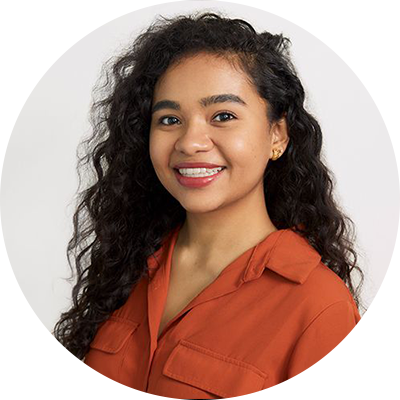What’s the difference between a HELOC and home equity loan?
Home equity loans: Access equity now
A home equity loan is a second mortgage that allows you to access real estate equity in one chunk.
After the loan closing, the lender either cuts a check for a lump sum or wires funds to the borrower.
If you own a home worth $300,000, with a $200,000 balance on your first mortgage, you would potentially be able to tap $100,000 in equity.
Some home equity loans allow you to borrow up to the full 100% of your available equity, while others cap the loan at 85%, 90% or 95%. Home equity loans usually come with fixed interest rates.
HELOC: Borrow what you need and take more later
A HELOC is different from a home equity loan in that you can borrow only what you need now but potentially take more later.
The credit line is similar to the available credit on a credit card. You pay interest only on the money you're using.
In the example home with $100,000 in equity, a borrower could obtain the credit line in any amount up to $100,000. The amount you can get under a HELOC depends on your credit score, among other factors.
Your loan payments would be based on the outstanding balances from all of your draws from the line.
Your lender will make the HELOC available to you under a “draw period,” which will then be followed by a repayment period. You won’t be allowed to take out more money from your HELOC during the repayment period.
Unlike home equity loans, a HELOC is usually offered with a variable interest rate.
Empower Your Investments with Q Trade
Discover Q Trade's award-winning platform and take control of your financial future. With user-friendly tools, expert insights, and low fees, investing has never been easier.
Start Trading TodayHow to repay a home equity loan
With either a home equity loan or a HELOC, your repayment can be amortized, meaning it's scheduled out over a period of time, with interest and principal included in your installments.
Under a 10-year amortized home equity loan for $100,000, your monthly payments would gradually take your balance down to zero.
There are other variations to be aware of, such as balloon payments — one large payoff amount that may be due at the end (so you’d need to prepare by putting money aside in savings throughout the loan period).
But each borrowing method allows low-cost access to the value you've built up in your home.
Sponsored
Trade Smarter, Today
With CIBC Investor's Edge, kick-start your portfolio with 100 free trades and up to $4,500 cash back.






